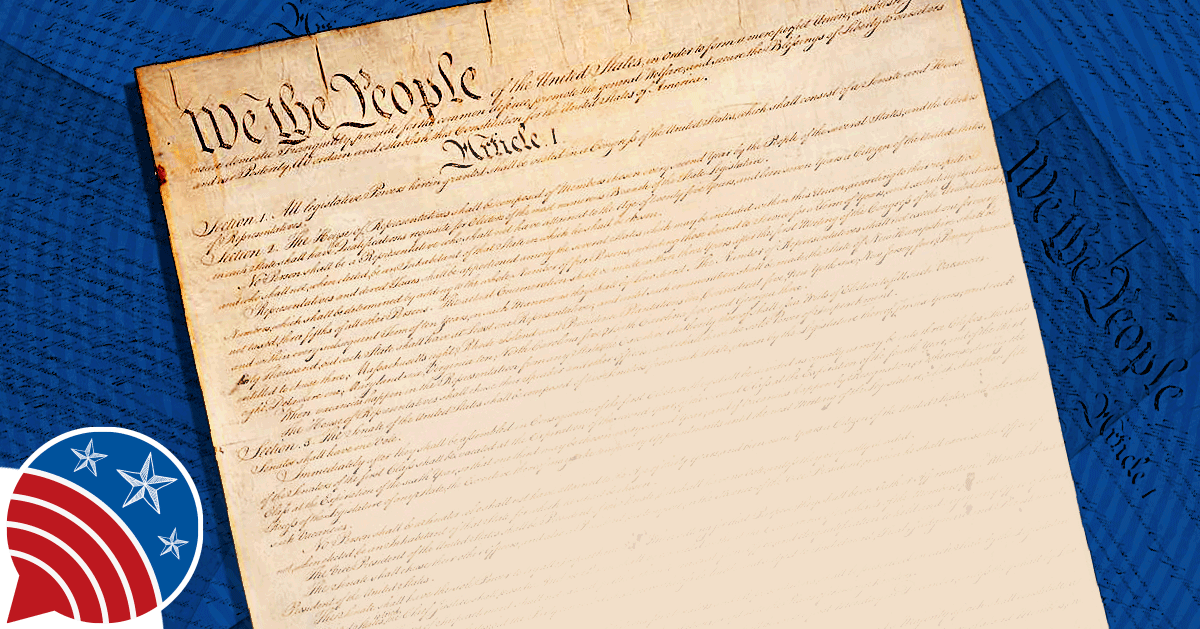
Principles of the Constitution
Overview
60-Second Civics Podcast:
- Need for a New Constitution
- Major Issues of the Philadelphia Convention - Separation of Powers
- Major Issues of the Philadelphia Convention - Representative Government, Executive Power, and Slavery
- Forms of Government
- Ratifying the Constitution
Beyond the Legacy Video:
Scholar:
Dr. Lester Brooks
American History Professor Emeritus
Anne Arundel Community College
the Articles of Confederation and how they relate to federal vs. state powers today to engage in a civil discourse model to expand their perspectives on the issue.
- “be not infringed”
- confederation
- equipage
- garrison
- impositions
- imposts
- judicial proceedings
- jurisdiction
- magistrates
- sovereignty
Additional Resources:







